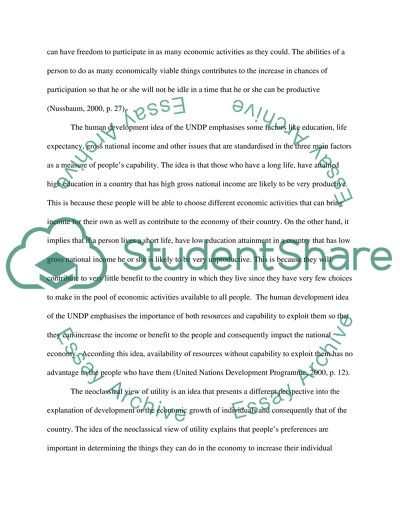Cite this document
(“Comparison of the Economic Ideas of GDP Growth Essay”, n.d.)
Retrieved from https://studentshare.org/macro-microeconomics/1485867-comparison-of-the-economic-ideas-of-gdp-growth
Retrieved from https://studentshare.org/macro-microeconomics/1485867-comparison-of-the-economic-ideas-of-gdp-growth
(Comparison of the Economic Ideas of GDP Growth Essay)
https://studentshare.org/macro-microeconomics/1485867-comparison-of-the-economic-ideas-of-gdp-growth.
https://studentshare.org/macro-microeconomics/1485867-comparison-of-the-economic-ideas-of-gdp-growth.
“Comparison of the Economic Ideas of GDP Growth Essay”, n.d. https://studentshare.org/macro-microeconomics/1485867-comparison-of-the-economic-ideas-of-gdp-growth.


